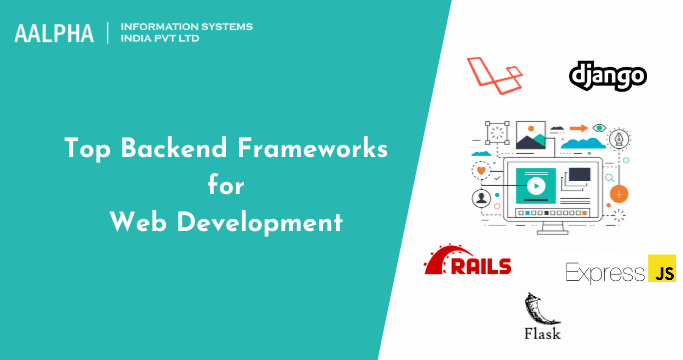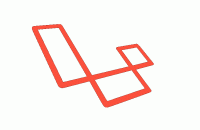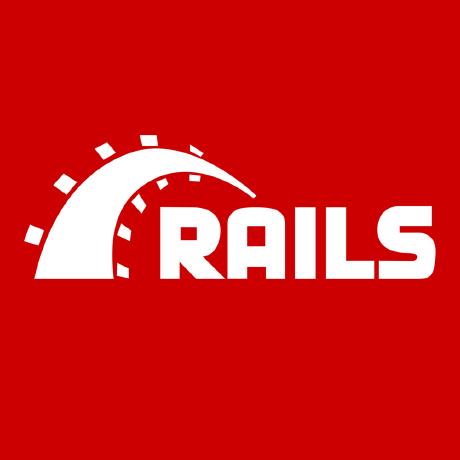Backend frameworks are vital for the creation of software for various industries worldwide. To guarantee optimum efficiency and scalability, the right backend design can be critical for developers. The availability of the appropriate choices may be a challenge with so many currently available. While there are a few other things you may want to evaluate before deciding to act, every backend framework comes with its own set of benefits and drawbacks.
What is meant by backend frameworks?
A framework is the base of an easy and structured way for developers to create applications. The background frameworks are server languages and libraries that help to develop a website background structure. Backend frameworks supply fully prepared components for complex web application creation. There are three sections of the backend: browser, client, and archive. Software developers or back-end developers have to work with back-end systems to tackle the back ends of the provided programs.
Best backend frameworks for web development
The following list shows the most reliable backend frameworks if one wants to opt for web development.
-
Laravel
Laravel is an open-source PHP software-based framework for the development of Symfony-based, MVC web services. It includes a modular framework with a designated dependency administrator. Laravel gives its customers a range of ways of accessing relevant databases and of managing and installing software. Laravel comes with a GitHub source code.
Advantages
- Access control: Laravel is quite easy to enforce validation, as it can be configured quickly. Laravel facilitates quick logic authorization and fast access management.
- Cache backends: Laravel easily supports Redis and other cache backends that are commonly used. It utilizes a cache drive for a file system that stores object from cache memory. Significantly bigger programs use an APC or Memcached memory cache. Laravel also helps users to set up different cache settings.
- Logfile: The exception and error prevention for a Laravel project is preinstalled. Laravel is also compatible with the Monolog logging libraries and supports many loggers.
Check: hire Laravel developer
-
Django
Django is a popular Python programming open-source backend application. The MVC pattern is adopted for the development. Django can be used to create advanced websites with a wide variety of features.
This back-end architecture makes it possible to simplify plug-in, minimize coding, increase reusability, and speed up development. Python is used to build, read, update, and uninstall operations for all Django processes, and it offers an optional administrative interface. The Django websites like the Disqus and The Washington Times are also used by many well-known people.
Advantages
- Rich Features: Django offers a range of features that help users cater to some basic needs for web creation. Moreover, it facilitates user authentication, sitemaps, content discovery, and much more.
- Optimized Protection: Django is a protected platform for avoiding many security problems from its users, including bridge scripting, clickjacking, injecting with SQL. It offers a user authentication mechanism that helps users safely store and maintain credentials and passwords.
- Higher scalability: Django provides its users a high degree of scalability. This is so many of the top websites worldwide rely on it for their high operating requirements.
Check: Top backend programming languages
-
Ruby on Rails
Ruby on Rails is a Ruby-based Web framework, which is also known as Rails. Rails is an MVC platform that provides default database frameworks, websites, and web services. Ruby on Rails supports the use of network standards for data exchanges such as XML and interfacing JavaScript and HTSM. Rails emphasize program design habits like active recording patterns such as do not repeat yourself (DRY).
Advantages
- Efficient framework: Ruby on Rails provides several ready-made modules and plug-ins that enable developers to reduce standard code development time. It helps developers to reduce the development times for apps in addition to those where they use other frames.
- Uniformity: Ruby on Rails helps developers use uniform storage servers and programming agreements. It helps preserve a project’s conceptual coherence and legibility while saving substantial time.
- Cost-efficient: As mentioned earlier Ruby on Rails is open source. This ensures that consumers have no fee to get the framework. Users can incorporate functionality with Gems from scratch without creating them. This helps them to conserve a lot of resources and time.
-
ExpressJS
Express.js is also an open-source platform just like the frameworks mentioned earlier. ExpressJS is a Web Application Framework, which is licensed under the MIT license from Node.js. This is used as the default server frame for developing API and web applications. ExpressJS is the backend part of the MEAN stack that includes MongoDB databases.
Advantages
- Quick learning edge: JavaScript is one of the most frequently used coding languages, and it is the responsibility of most front-end developers. The Node.js Backend can be started quickly by developers as it takes no effort or time to understand.
- Unique programming language: Node.js helps developers to write server-side software using JavaScript. More importantly, it allows developers of Node.js to use JavaScript virtual networks to build back-end and forward-end web apps. No other server-side language is needed for programmers. The development of web applications is much simpler as JavaScript is supported by most used browsers.
-
Flask
Flask is a mini-web framework based on the concepts of Python which do not need those libraries and resources. This type of validation, database abstraction layers, or modules for external sources are not included in this context. Flask supports plugins that can incorporate functionality that tend to be introduced in Flask.
Advantages
- The simplicity of production: Python developers can quickly switch to Flask due to ease of development. It is easier to understand and to use this backend framework since the requirements are much simpler.
- Versatile nature: several Flask elements can be safely changed on demand. It is very quick and easy to customize.
Conclusion
There are various backend frameworks, each with its advantages and drawbacks. The best thing to decide which backend framework one should opt for to succeed, the learning phase you have to conquer, etc. is very arbitrary. That said, hope you can find some guidance from this list if you are beginning a new project or just getting to know the basics.
Looking back-end development services? Contact us today!
Also check: Flask vs. Django


